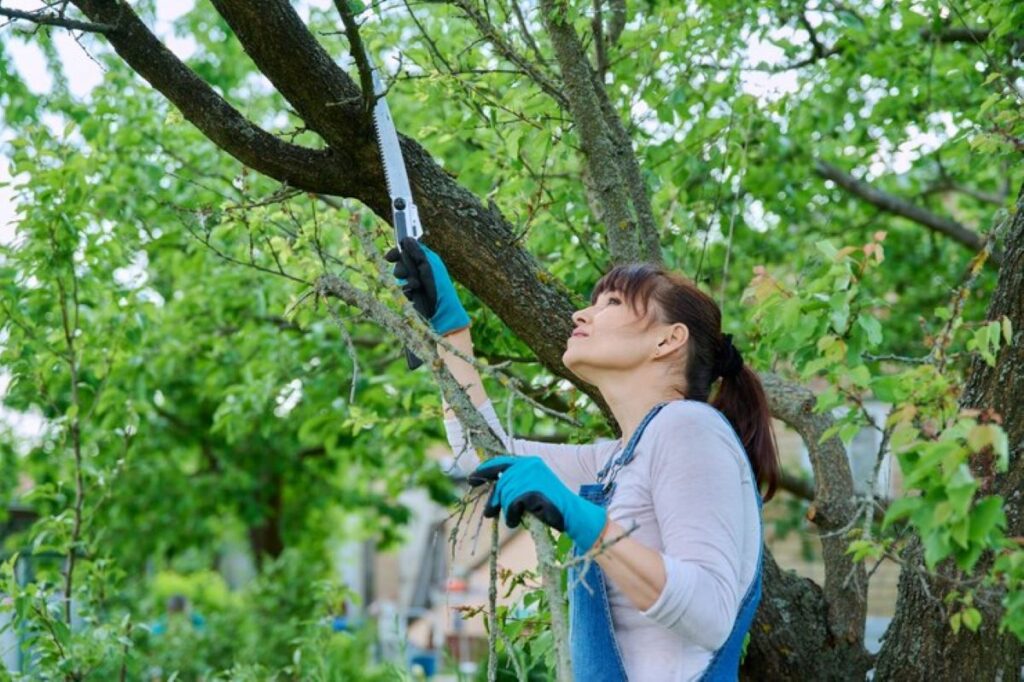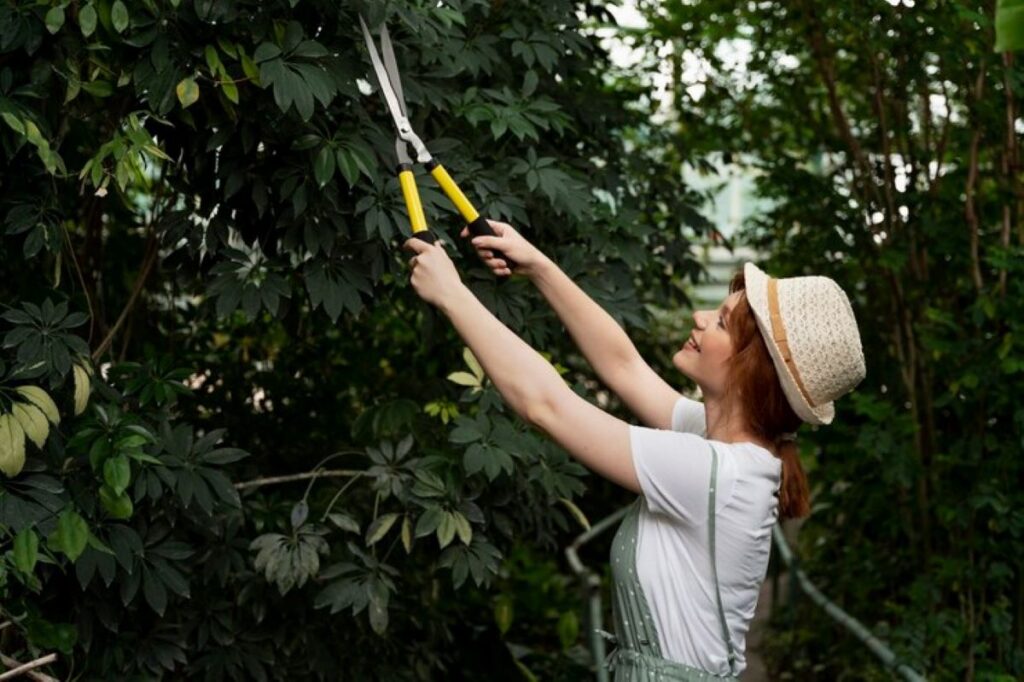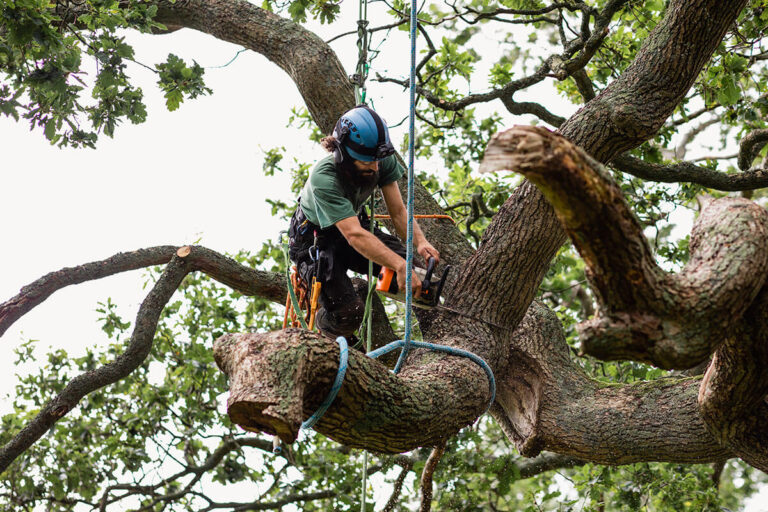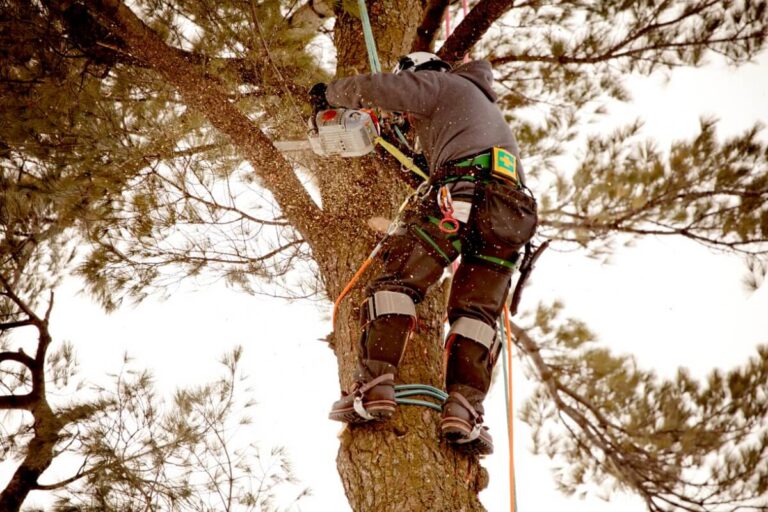Choosing the Best Tree Pruning Tools for Your Garden
Tree pruning is an essential task that helps maintain the health and aesthetics of your garden. By removing dead or excess branches, you promote better tree growth and prevent potential damage or disease. However, to ensure effective pruning, it is crucial to have the right tools at your disposal. In this article, we will explore the importance of tree pruning, the types of pruning tools available, factors to consider when choosing them, and how to maintain them properly.
Understanding the Importance of Tree Pruning
Pruning trees offers numerous benefits, both for their health and aesthetics. By removing dead or diseased branches using appropriate tree pruning tools, you not only enhance their appearance but also promote overall tree health. Pruning allows better airflow and sunlight penetration, reducing the risk of fungal infections. Moreover, it helps maintain the structural integrity of the tree, preventing branches from falling and causing injury or property damage.
Enhancing Tree Health and Aesthetics
Pruning encourages optimal tree growth by redirecting nutrients to healthier branches and promoting new growth. It also helps maintain the desired shape and size of the tree, making it visually appealing in your garden landscape. Regular pruning can also improve the flowering and fruiting of certain tree species, leading to a more bountiful harvest.
Preventing Damage and Disease
Removing dead or weakened branches reduces the risk of them falling during storms or high winds. This proactive approach safeguards your property and prevents potential injuries. Additionally, pruning aids in preventing the spread of diseases and pests, as removing infected branches can halt their progression to other parts of the tree.
Furthermore, proper tree pruning techniques involve making clean cuts at the correct angle to promote quicker healing and reduce the chances of infections. It is essential to use sharp, sterile pruning tools to prevent tearing the bark and introducing pathogens into the tree. Understanding the biology of trees is crucial when determining the best time to prune, as different species have varying growth patterns and responses to pruning.
Another aspect to consider when pruning trees is the impact on wildlife. Trees provide habitats for various birds, insects, and small animals. Careful pruning practices that retain some deadwood or create sheltered areas can support biodiversity in your garden. By selectively pruning and preserving certain branches, you can maintain a balance between tree health and wildlife conservation.
Types of Tree Pruning Tools
Pruning tools come in various shapes and sizes, each designed for specific tasks. The following are some commonly used tree pruning tools:
Hand Pruners
Hand pruners, also known as secateurs, are ideal for precision pruning of small branches and twigs. They have sharp blades and a spring mechanism that allows for easy, one-handed operation. Hand pruners are available in bypass and anvil designs, with the former being more suitable for live branches.
When selecting hand pruners, consider the size of your hands and the comfort of the grip. Some models come with ergonomic handles to reduce strain during prolonged use. Additionally, look for hand pruners with replaceable blades to ensure longevity and continued sharpness.
Loppers
Loppers are long-handled pruning tools with a bypass or anvil cutting mechanism. They are useful for cutting larger branches, usually up to 1.5 inches in diameter. Loppers provide greater leverage, enabling you to reach higher branches without the need for a ladder.
For optimal performance, keep the blades of your loppers clean and sharp. Regular maintenance, such as oiling the blades and adjusting the tension screw, will ensure smooth cutting action and extend the lifespan of your loppers. Consider investing in telescopic loppers for added reach and versatility in your pruning tasks.
Pruning Saws
Pruning saws have a curved or straight blade with teeth designed to cut through thicker branches. They are suitable for branches larger than 1.5 inches in diameter. Pruning saws come in folding or fixed designs, providing convenience and compactness for storage and portability.
When using a pruning saw, let the tool do the work by applying steady, even pressure. Avoid forcing the saw through the branch, as this can lead to inefficient cutting and potential damage to the saw blade. Choose a pruning saw with a comfortable handle and a blade guard for safe storage when not in use.
See Also: Tree Pruning Costs Explained: What to Budget for Professional Services
Pole Pruners
Pole pruners consist of a pruning saw or bypass pruners on an extendable pole, allowing you to reach high branches without the need for a ladder. They are ideal for pruning taller trees or branches located in hard-to-reach areas. Pole pruners are available in manual or powered versions, depending on your preference and requirements.
When using a pole pruner, ensure that the pole is fully extended and locked in place before starting your pruning tasks. Practice proper pruning techniques to avoid tearing the bark or causing unnecessary stress to the tree. Consider the weight of the pole pruner when making your selection, as lighter materials can reduce fatigue during extended use.

Factors to Consider When Choosing Pruning Tools
When selecting tree pruning tools, several factors should influence your decision. Consider the following:
Size and Type of Trees
The size and type of trees in your garden determine the cutting capacity and reach required for effective pruning. Different tools are suitable for pruning small shrubs compared to large trees. Assess your specific needs and choose tools accordingly.
Frequency of Pruning
If you plan to prune frequently, investing in high-quality, durable tools is essential. Consider tools with replaceable parts or blades, easy maintenance, and comfortable grips to facilitate prolonged use.
Your Physical Capabilities
Pruning can be physically demanding, especially when dealing with higher branches or thicker foliage. Consider your physical strength and limitations when choosing pruning tools. Opt for tools that provide ergonomic handles and adjustable lengths to minimize strain and fatigue.
Additionally, it’s important to consider the seasonality of your pruning tasks. Some tools are specifically designed for use during certain times of the year, such as pruning shears that are optimized for springtime trimming to promote new growth. Understanding the seasonal needs of your trees can help you select the most appropriate tools for the job.
Quality of Materials
Another crucial factor to keep in mind is the quality of materials used in the construction of the pruning tools. Opt for tools made from durable materials such as hardened steel or carbon fiber, as they offer longevity and resilience against tough branches. Investing in high-quality tools may require a larger upfront cost but can save you money in the long run by reducing the need for frequent replacements.
Maintaining Your Tree Pruning Tools
Proper maintenance of your pruning tools is essential for their longevity and efficiency. Follow these tips for maintaining your tools:
Regular Cleaning and Sharpening
After each use, remove any plant residue or sap from the blades using warm water and mild soap. Dry the tools thoroughly to prevent rust. Sharpen the blades regularly with a sharpening tool or file to ensure clean and precise cuts.
Regular cleaning not only helps prevent the spread of diseases between plants but also ensures that your tools remain in top condition for longer periods. It is important to pay attention to all parts of the tool, including the handles and screws, to maintain optimal functionality.

Proper Storage and Handling
Store your pruning tools in a clean, dry area to prevent rust and damage. Consider using blade covers or sheaths to protect the sharp edges. Avoid dropping or mishandling the tools, as this can lead to premature wear and damage.
Proper storage is crucial in maintaining the sharpness of the blades and the overall integrity of the tools. Hanging your tools or storing them in a toolbox can help save space and keep them organized, making it easier to locate them when needed.
By investing in the right tree pruning tools and properly maintaining them, you can ensure effective pruning, promoting healthier and more aesthetically pleasing trees in your garden. Remember to consider the specific needs of your trees, your pruning frequency, and your physical capabilities when selecting tools. With the right tools and knowledge, you can maintain the beauty and vitality of your garden for years to come.






